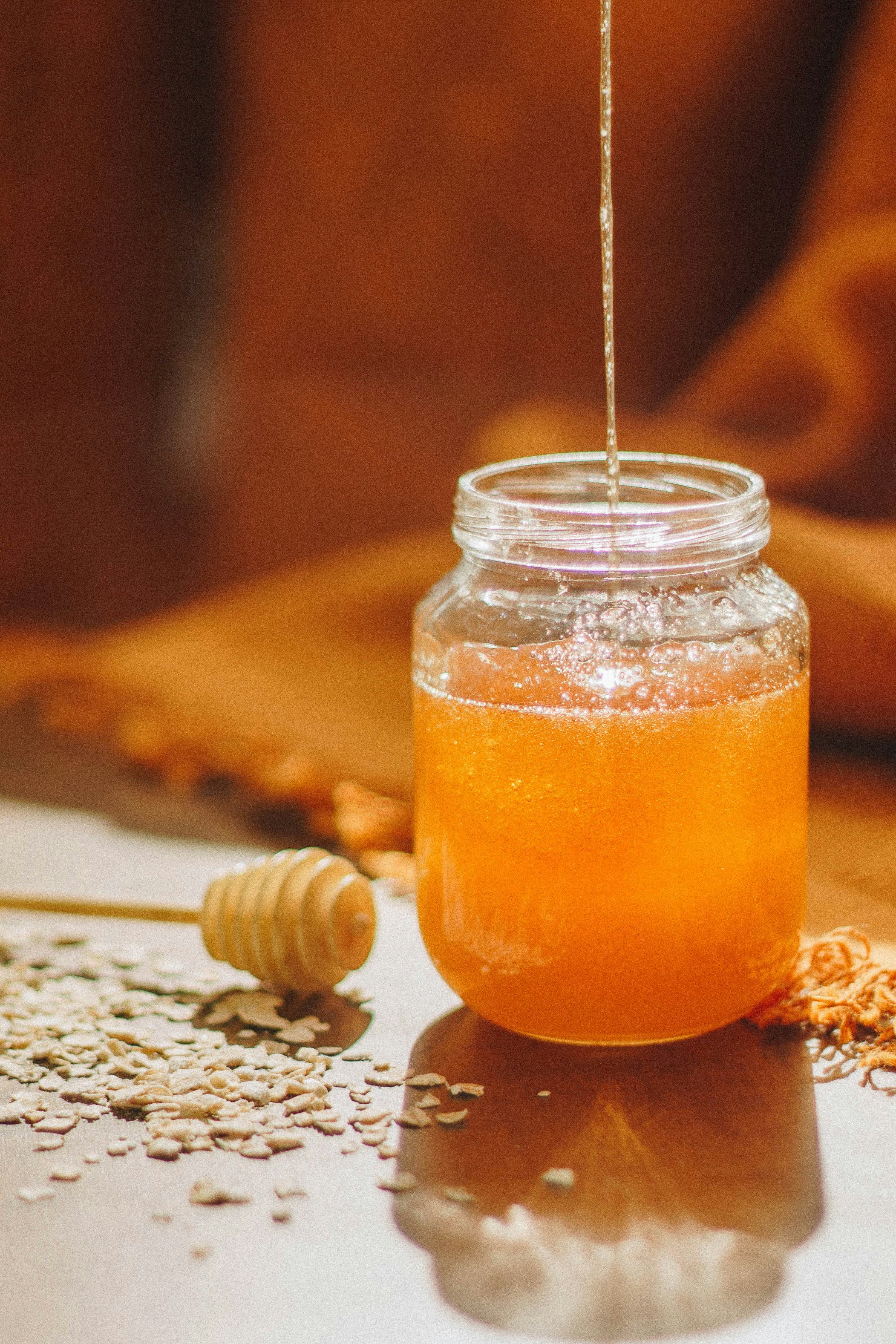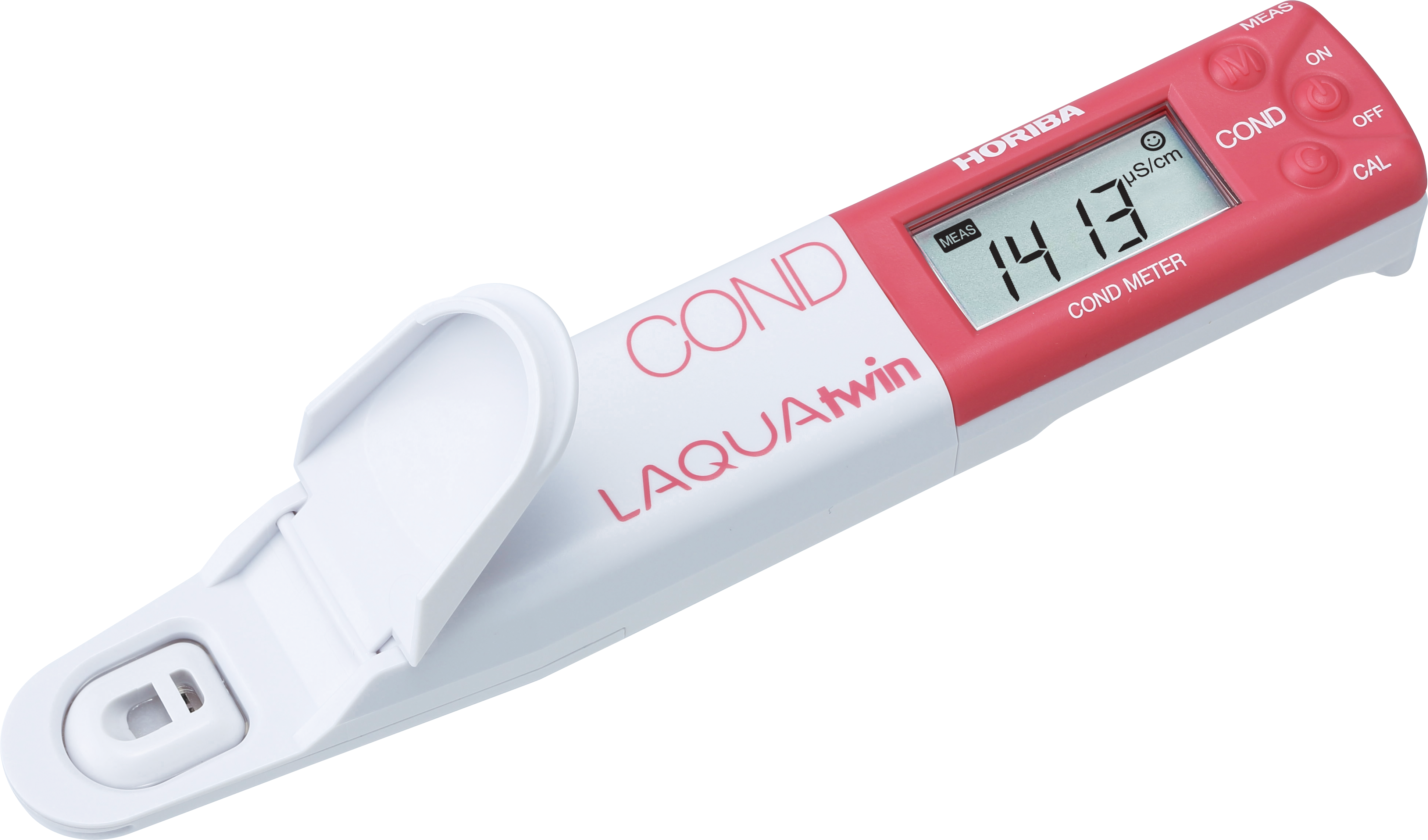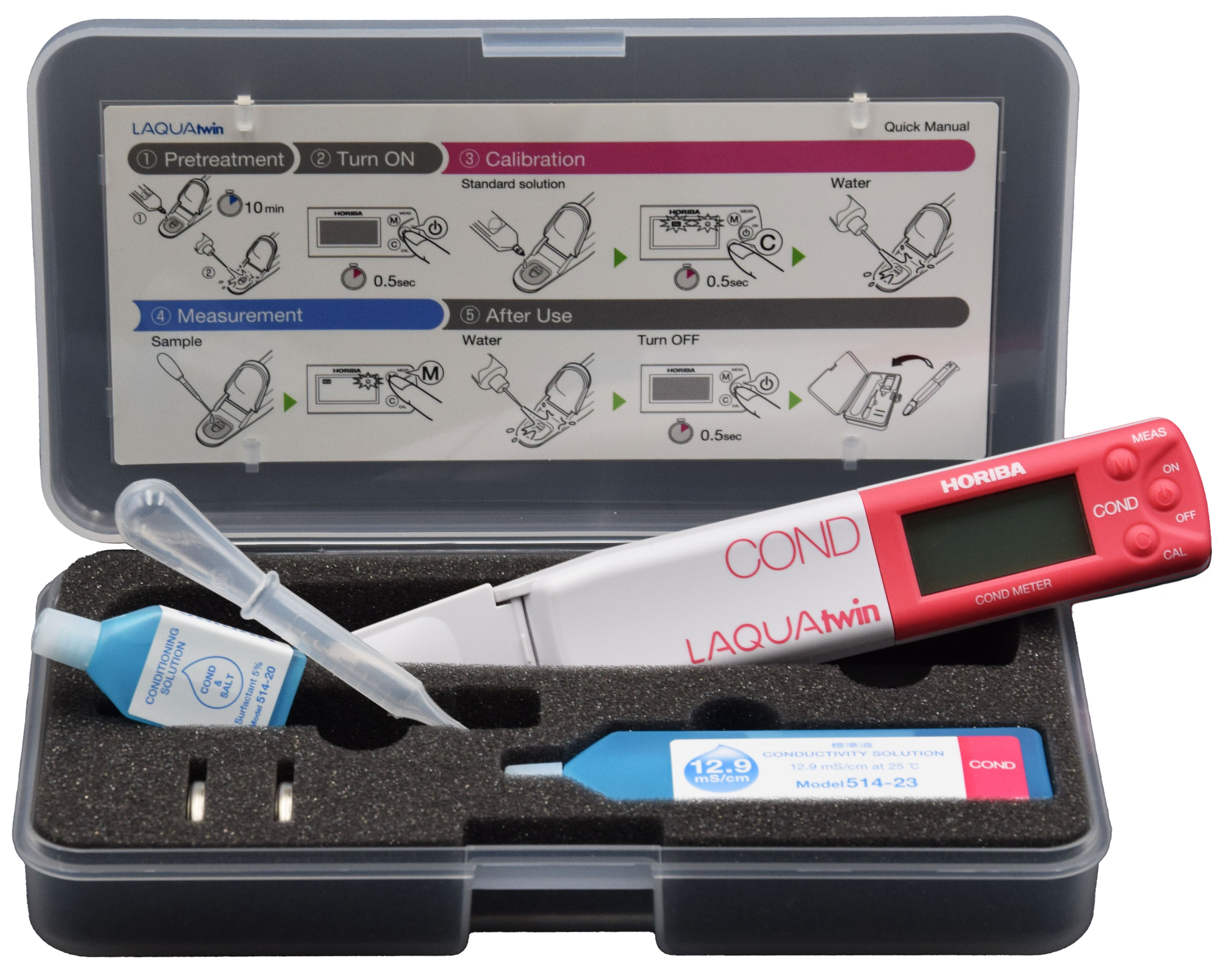Conductivity measurement to differentiate between honey varieties
Why can beekeepers distinguish between blossom honey (made from flower nectar) and forest honey (made from honeydew) and even define varietal honeys such as acacia honey, lime honey or fir honey? This is because of the way bees behave. Bees are localised and plant species-loyal, so they mainly collect from the plants in their immediate vicinity. The origin of a honey can be characterised by its conductivity, among other things.
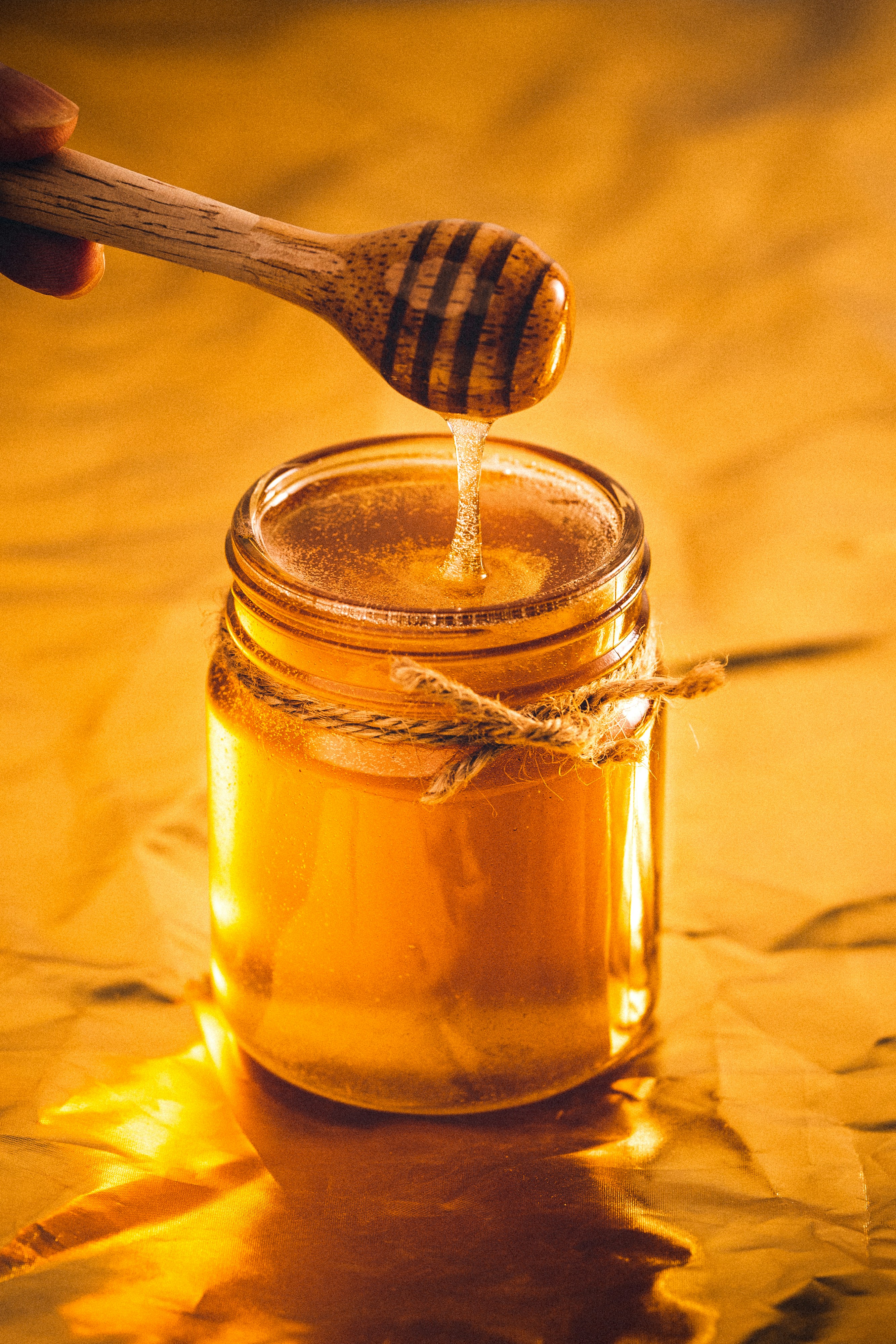
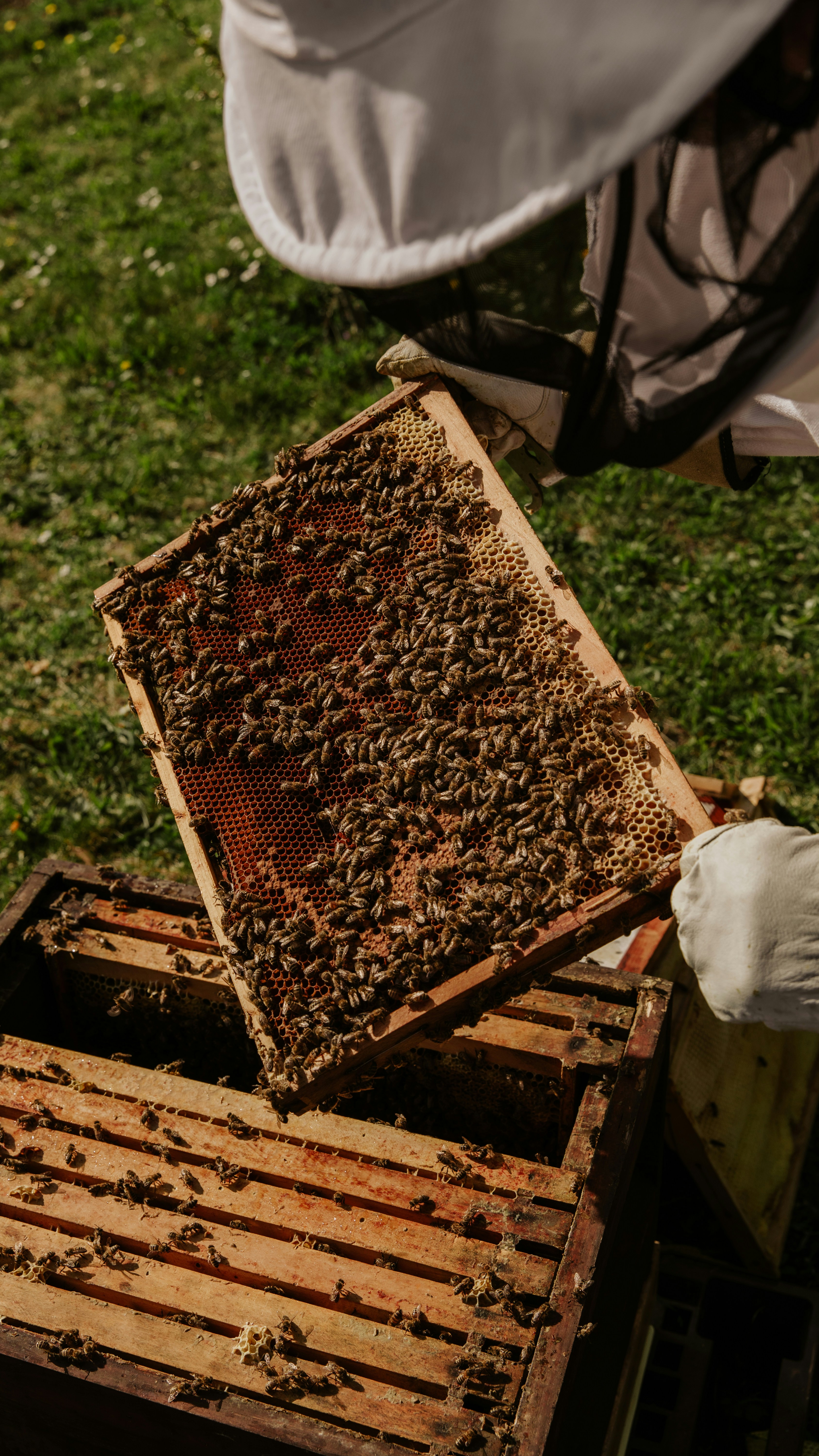
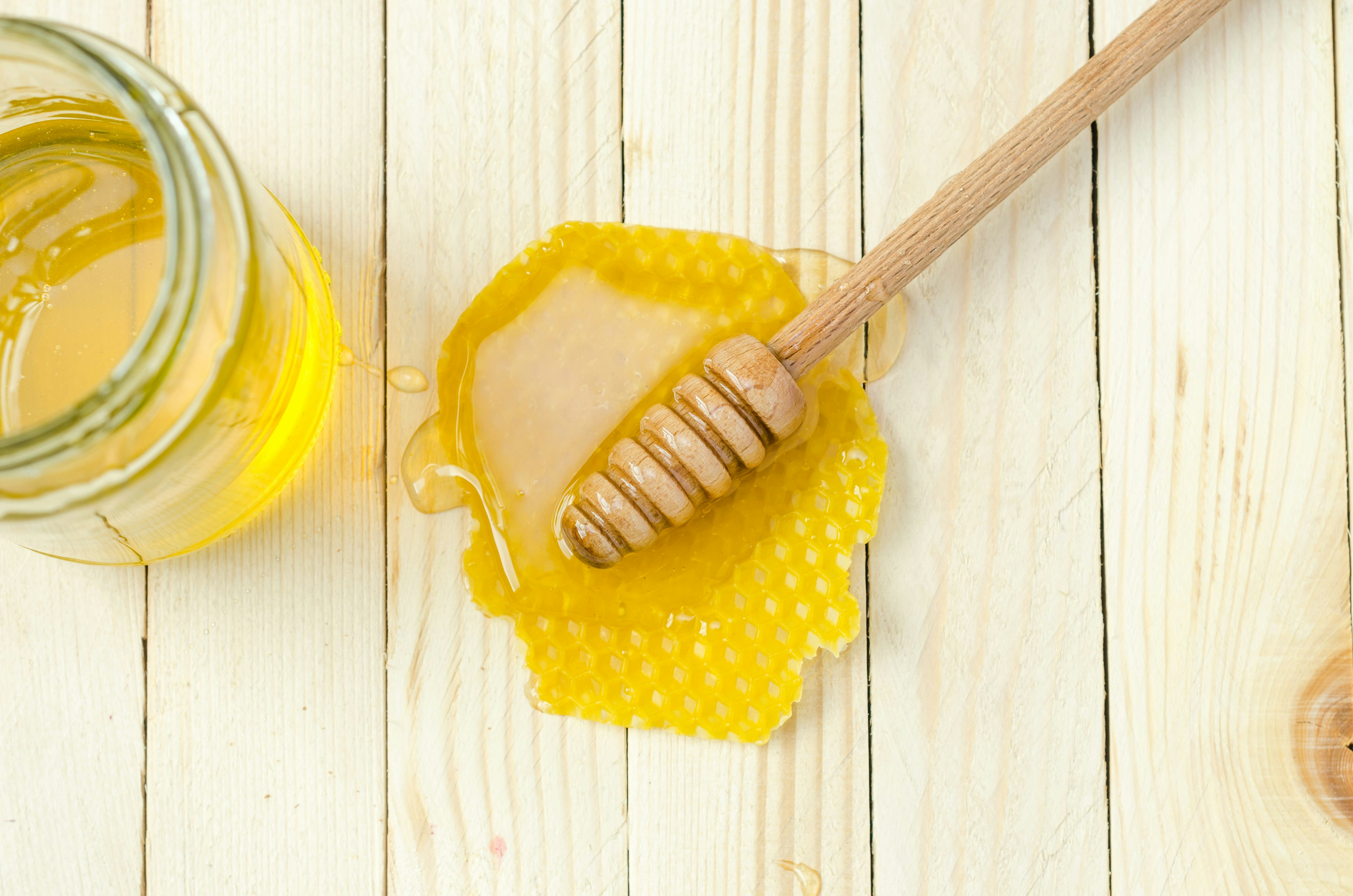
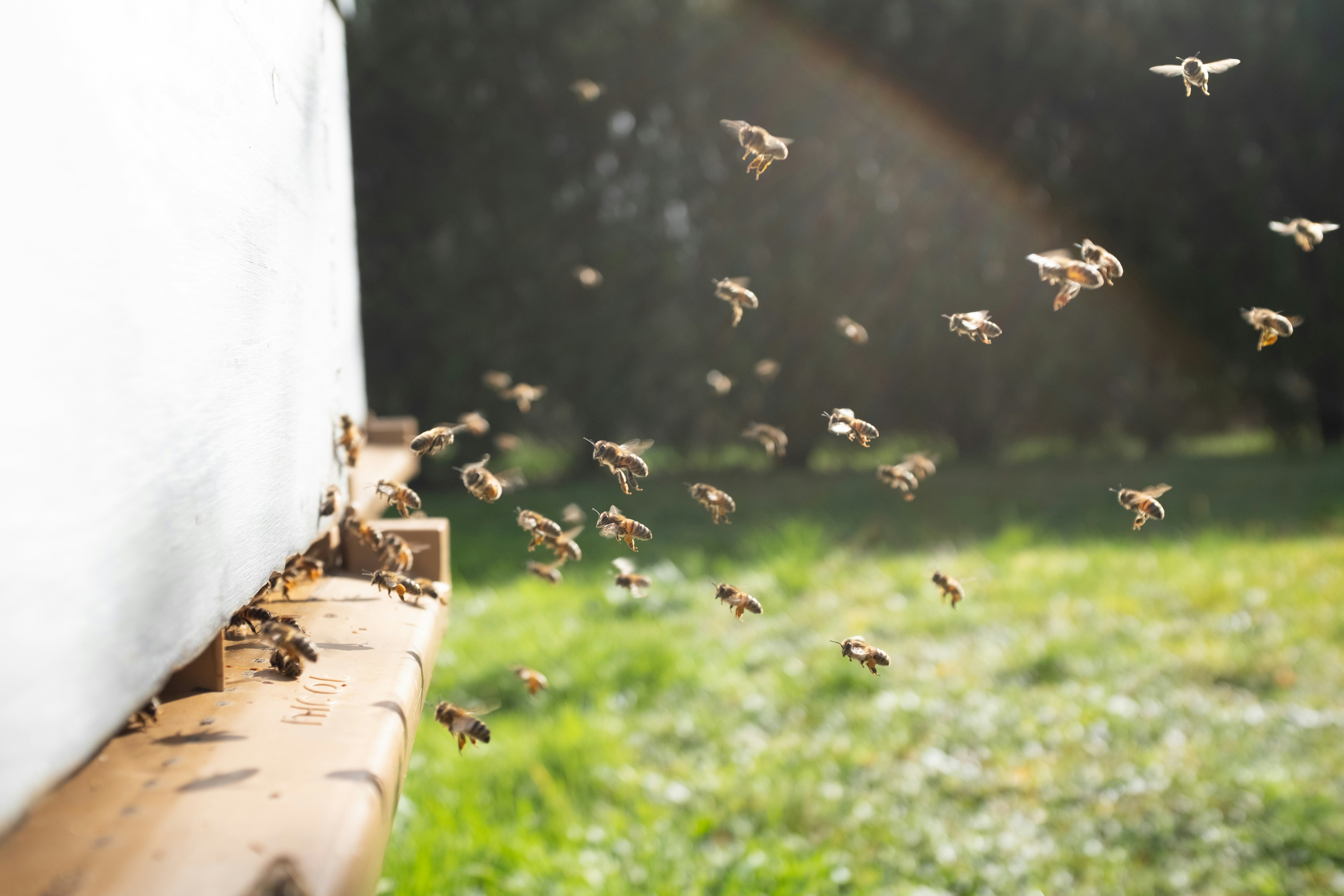
Introduction
The electrical conductivity of honey is limited to a value of less than 0.8 mS/cm according to the guidelines for honey when 20 g of honey solids are diluted in 100 ml of demineralised water.
This value is influenced by the following factors:
- Origin
- acid content
- Salt content Moisture
- Viscosity
Honey obtained from honeydew has a higher conductivity compared to flower honey. The conductivity of such a model honey solution can be determined using a conductivity meter.
To predict these measurements, a simple chemical approach is used based on the known properties of sugar and acid constants, ionic conductivity or estimated ionic mobility and viscosity of the solution. Both theoretical calculations and observed phenomena show that the maximum electrical conductivity is at a solids content of about 30%. At higher solid concentrations, which leads to a higher viscosity, the conductivity decreases significantly. By adjusting for the pH of the acid and taking viscosity into account, a good agreement between the predicted and measured conductivity was achieved. These results show that salt content and viscosity are the main factors influencing the electrical conductivity of honey, while acidity has a minor influence and dissociation of sugars is insignificant.
Method
For the measurement, 20 grams of honey are dissolved in 100 millilitres of demineralised water. It is important to note that this method is an approximation. To obtain more accurate results, the percentage of dry matter and the water content must be known. Nevertheless, with fixed ratios of quantity and volume of honey and water, this method provides quite reliable values and is recognised as a quick test. It is difficult to measure honey directly as the high viscosity impedes the flow of ions so much that a meter will consistently show a conductivity value of 0 mS/cm.
As well as differentiating between different types of honey, conductivity can also be used to determine the total solids content of honey, which would normally have to be determined by combustion. This shows how a simple quick test with a precise and reliable measuring device can avoid or at least reduce the need for time-consuming analyses.
